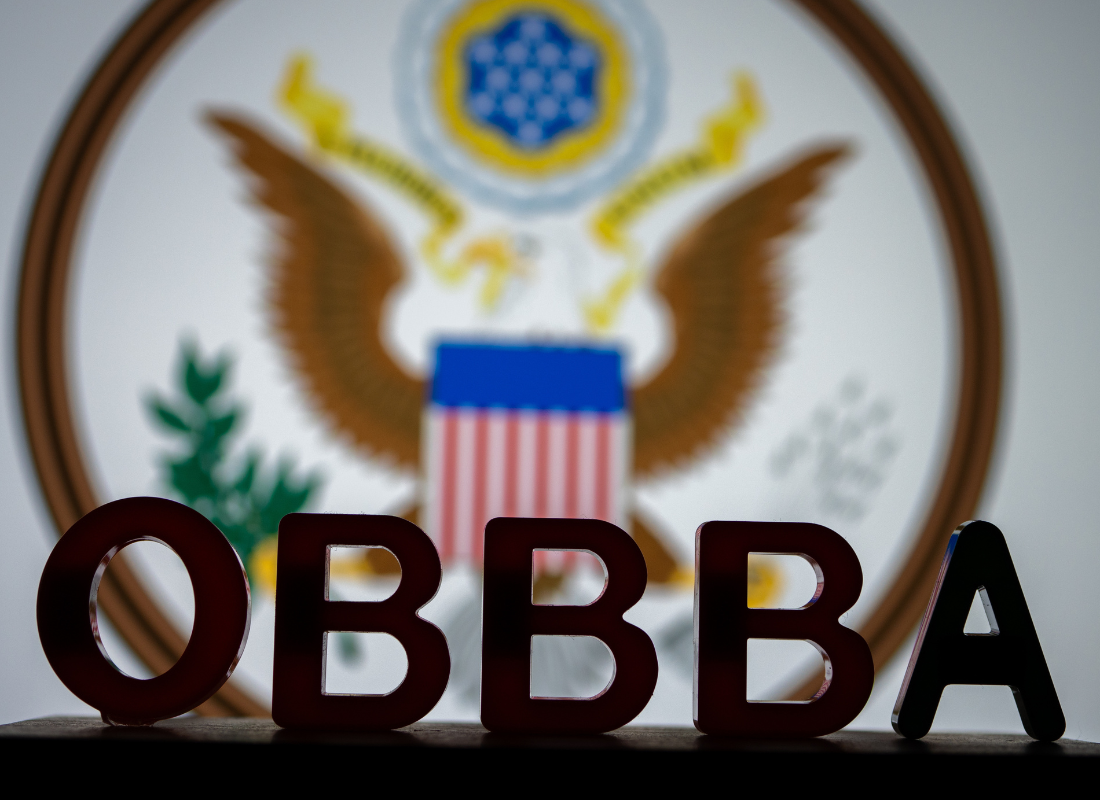HEERF II: The Latest Round of Higher Education COVID-19 Relief
Originally published on April 8, 2021
Updated on January 27th, 2025
Update: As of January 2025, the federal single audit threshold is $1,000,000 for fiscal years starting on or after Oct. 1, 2024.
The Consolidated Appropriations Act passed in early March provided additional COVID-19 relief through the Coronavirus Response and Relief Supplemental Appropriations (CRRSA) Act. This new stimulus bill included $23 billion for higher education institutions and students using the same Higher Education Emergency Relief Fund (HEERF) model established in the Coronavirus Aid, Relief and Economic Security (CARES) Act. (As a result, the fund is commonly referred to as HEERF II.)
We previously covered the basics of HEERF as well as the second round of funding in December. However, there are changes in HEERFII—some of which may permit the charging of lost revenue.
What can the money be used for?
The CRRSAA does not contain the same provision that half of the funding distributed to an institution be for student grants. Institutions are required to spend at least the same dollar amount on student grants as required under the CARES Act. Additionally, the CRRSAA allows for more flexible usage of HEERF II funding by institutions. Any CARES Act funding not spent prior to Dec. 27, 2020, can be spent using the guidelines in HEERF II. (Note that the same 50/50 institutional/student split required under the CARES Act applies.)
Student Funding
Student funding under HEERF II is similar to the previous version of the fund. However, the CRRSAA requires that institutions prioritize students with exceptional need (e.g., Pell Grant recipients) when awarding financial aid grants. Students enrolled exclusively in distance education are specifically disqualified from such funding.
The U.S. Department of Education (ED) has not issued written guidance on whether undocumented, DACA or international students can receive HEERF II funding. The previous administration stated verbally that those students would not be eligible. It is unknown if the current administration’s stance on DACA could change this eligibility requirement.
Institutional Funding
Institutional funding under HEERF II includes expenditures for lost revenue, reimbursement for expense already incurred, payroll, and technology costs associated with a transition to distance education. ED has provided guidance on calculating lost revenue, which includes expenditures and losses back to March 13, 2020.
Reporting
ED has not yet released guidance on quarterly and annual reporting requirements for HEERF II funds. It is likely that these requirements will be similar to those required under the CARES Act:
- Quarterly public reporting of student and institutional expenditures on the institution’s primary website
- An annual report submitted to ED by Feb. 1, 2021 for grant expenditures in the calendar year 2020.
CRRSAA funding could be delayed to institutions that fail to meet CARES Act reporting requirements.
Institutions that expend HEERF funding in excess of $750,000 during its fiscal year—including student financial assistance under Title IV—must have a single audit conducted in accordance with the Uniform Guidance. All recipients of HEERF funding must retain all financial records and supporting documents for a period of three years from the date of submission of the last HEERF grant’s final expenditure report.
James Moore’s Higher Education team is ready to help you with your concerns about HEERF II or other funding. Please don’t hesitate to reach out to us with questions.
All content provided in this article is for informational purposes only. Matters discussed in this article are subject to change. For up-to-date information on this subject please contact a James Moore professional. James Moore will not be held responsible for any claim, loss, damage or inconvenience caused as a result of any information within these pages or any information accessed through this site.
Other Posts You Might Like

